Scientific Study on the Traditional Evaluation Criterion "Fire Qi" in Chinese Painting and Calligraphy Restoration Paper
DOI: 10.23977/jmpd.2025.090118 | Downloads: 7 | Views: 178
Author(s)
Li Xiaolou 1, Gao Junhan 2, Xin Qing 2
Affiliation(s)
1 Department of Conservation and Restoration, The Palace Museum, Beijing, 100006, China
2 College of Elite Engineers for Cultural Heritage, Beijing Union University, Beijing, 100191, China
Corresponding Author
Gao JunhanABSTRACT
The concept "fire qi" is an essential yet empirically defined notion in traditional Chinese painting and calligraphy restoration, referring to the usability and stability of newly manufactured versus aged papers. Despite its widespread application among restorers, the scientific basis of fire qi remains poorly understood. This study systematically investigates the physicochemical mechanisms underlying paper aging and their relationship with the observed phenomenon of fading fire qi. Through an analysis of the degradation pathways of cellulose, hemicellulose, and lignin—including hydrolysis, oxidation, and acid-catalyzed reactions—the research reveals how early-stage aging leads to moderate structural rearrangement in the fiber network. These microstructural adjustments enhance folding endurance, improve pore uniformity, and optimize water absorbency and ink receptivity, thereby corresponding to the empirically recognized "fading" of fire qi. Conversely, prolonged aging results in irreversible degradation characterized by reduced tensile strength, yellowing, and loss of chemical stability. The findings demonstrate that fire qi represents a comprehensive reflection of multiple paper properties—mechanical, chemical, and operational—and can be quantified through measurable parameters such as tensile strength, folding endurance, pH, degree of polymerization, and ink receptivity. By integrating traditional experience with modern materials science, this study provides a theoretical foundation for quantifying fire qi and establishing a standardized evaluation framework for restoration papers used in cultural heritage conservation.
KEYWORDS
Fire Qi; Paper Aging; Chinese Painting Restoration; Cellulose Degradation; Material Properties; Physicochemical Performance; Restoration Paper EvaluationCITE THIS PAPER
Li Xiaolou, Gao Junhan, Xin Qing, Scientific Study on the Traditional Evaluation Criterion "Fire Qi" in Chinese Painting and Calligraphy Restoration Paper. Journal of Materials, Processing and Design (2025) Vol. 9: 165-170. DOI: http://dx.doi.org/10.23977/jmpd.2025.090118.
REFERENCES
[1] Xu, W.J., & Chen, Y.S. (2005). Study on the dimensional stability of Xuan paper as a mounting material for calligraphy and painting. Cultural Heritage Conservation and Archaeological Science, 17(3), 45–52.
[2] Yi, X.H., Yan, Z.P., Long, K., & Tian, T.T. (2020). Study on reducing the hygroscopic expansion of paper for ancient book restoration using accelerated hygrothermal aging. Cultural Heritage Conservation and Archaeological Science, 32(5), 9–15.
[3] Sun, H., Shen, K.Z., & Wang, H.Z. (2020). Understanding the durability of Xuan paper based on the mechanisms of paper aging. China Pulp & Paper, 39(2), 33–40.
[4] Holik, H. (Ed.). (2006). Handbook of paper and board. John Wiley & Sons.
[5] Yan, Z.P., Yi, X.H., & Tian, Z.L. (2018). Preliminary study on factors influencing paper aging and corresponding mitigation measures. Cultural Heritage Conservation and Archaeological Science, 30(2), 11–18.
[6] Merlin, A., & Fouassier, J.P. (1980). Photochemical investigations into cellulosic materials I: Free radical generation in cellulose by photosensitized excitation. Die Angewandte Makromolekulare Chemie: Applied Macromolecular Chemistry and Physics, 86(1), 109–121.
[7] Li, X.L., & Gao, J.H. (2025). Prediction of paper lifetime based on cellulose degradation kinetics: Theoretical development and practical application of dynamic models. Journal of Fudan University (Natural Science Edition), 1–12. https://doi.org/10.15943/j.cnki.fdxb-jns.20250510.001.
[8] Zhang, Q.H., Yan, Y.E., & Yang, Y.L. (2024). Research on the conservation and restoration of traditional Chinese paper-based cultural relics. Polymer Bulletin (China), 46(3), 27–36.
[9] Alexopoulou, I., & Zervos, S. (2016). Paper conservation methods: An international survey. Journal of Cultural Heritage, 21, 922–930.
[10] Jablonský, M., & Šima, J. (2021). Oxidative degradation of paper – A mini review. Journal of Cultural Heritage, 48, 269–276.
[11] Leary, G.J. (1994). Recent progress in understanding and inhibiting the light-induced yellowing of mechanical pulps. Journal of Pulp and Paper Science, 20(6), J154–J160.
[12] Tian, Z.L., Zhang, M., & Ren, S.S. (2019). Statistical analysis of the relationship between paper physicochemical indices and aging time. Cultural Heritage Conservation and Archaeological Science, 31(1), 7–13.
[13] Liu, J.H., Gao, S.H., & Wang, Y. (2013). Effect of environmental humidity on paper moisture content and mechanical properties. Journal of Beijing Institute of Graphic Communication, 21(4), 4–10.
[14] Liu, J.Z. (2015). Principles and Methods of Ancient Book Conservation. Beijing: National Library Press.
[15] Xi, K.Z. (1995). Effect of relative humidity variation on the folding endurance of aged paper. Southeast Culture, 1, 4–8.
[16] Tian, Z.L., Yi, X.H., & Ren, S.S. (2017). Effect of humidity on paper properties under accelerated aging conditions. Paper and Papermaking, 36(1), 6–12.
| Downloads: | 4114 |
|---|---|
| Visits: | 258502 |
Sponsors, Associates, and Links
-
Forging and Forming
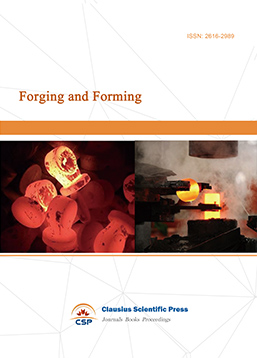
-
Composites and Nano Engineering
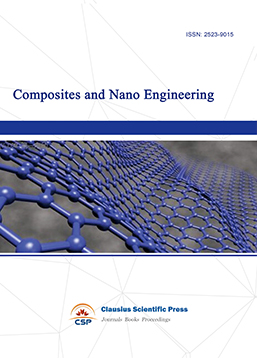
-
Metallic foams
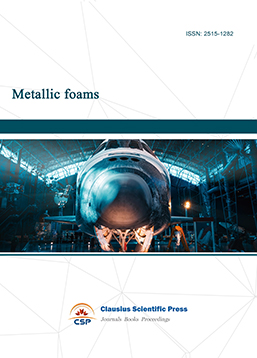
-
Smart Structures, Materials and Systems
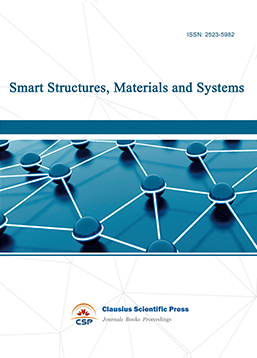
-
Chemistry and Physics of Polymers
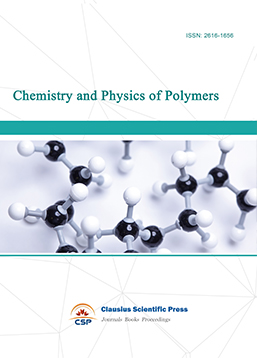
-
Analytical Chemistry: A Journal
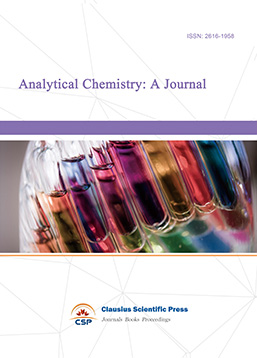
-
Modern Physical Chemistry Research
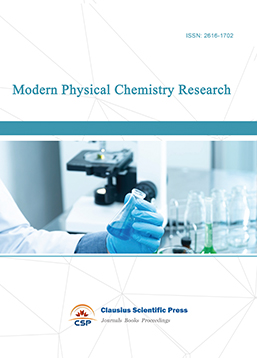
-
Inorganic Chemistry: A Journal
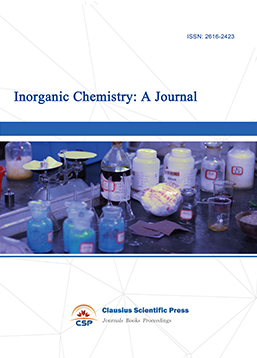
-
Organic Chemistry: A Journal
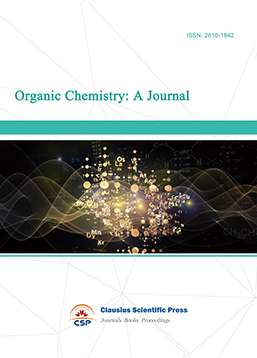
-
Progress in Materials Chemistry and Physics
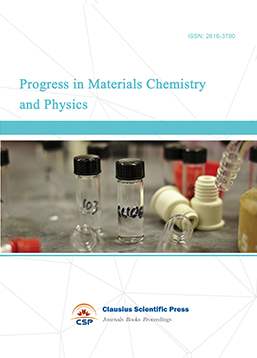
-
Transactions on Industrial Catalysis
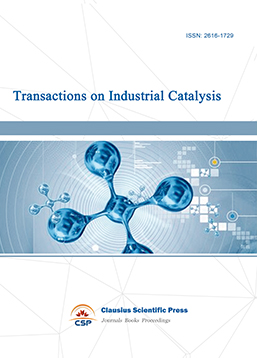
-
Fuels and Combustion
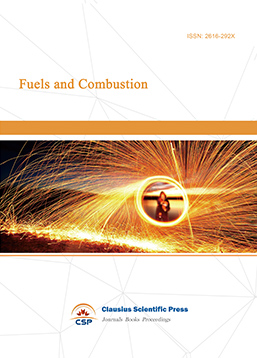
-
Casting, Welding and Solidification
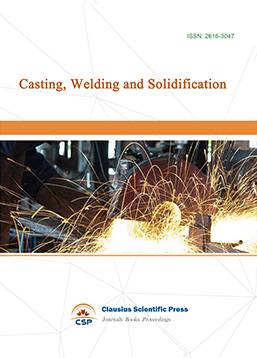
-
Journal of Membrane Technology
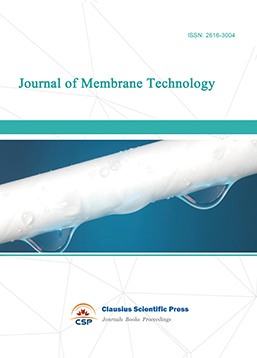
-
Journal of Heat Treatment and Surface Engineering
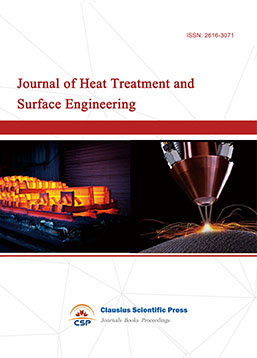
-
Trends in Biochemical Engineering
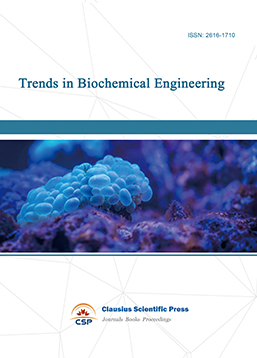
-
Ceramic and Glass Technology

-
Transactions on Metals and Alloys
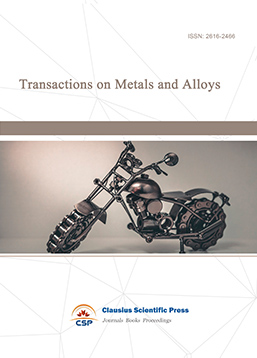
-
High Performance Structures and Materials
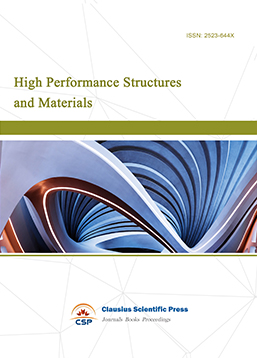
-
Rheology Letters
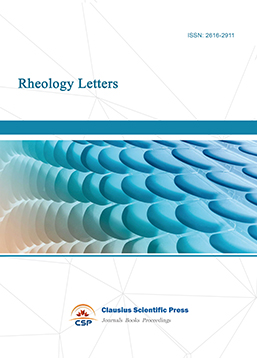
-
Plasticity Frontiers
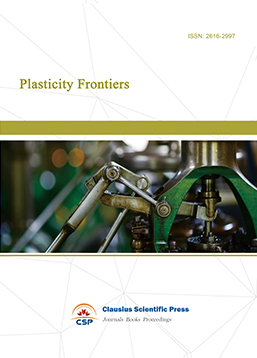
-
Corrosion and Wear of Materials
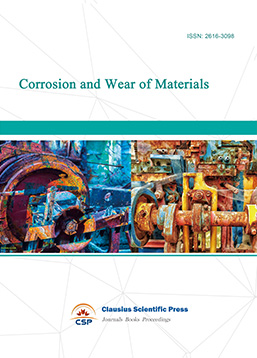
-
Fluids, Heat and Mass Transfer
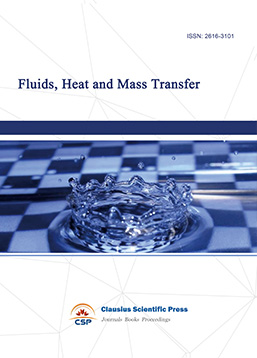
-
International Journal of Geochemistry
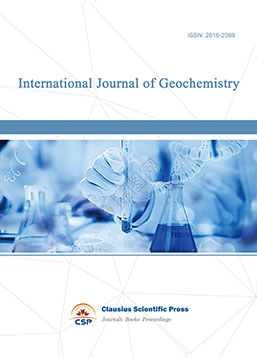
-
Diamond and Carbon Materials
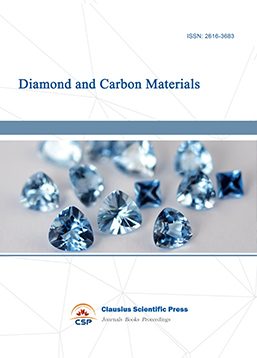
-
Advances in Magnetism and Magnetic Materials
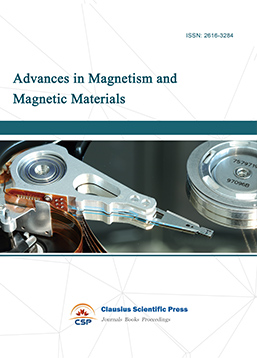
-
Advances in Fuel Cell

-
Journal of Biomaterials and Biomechanics
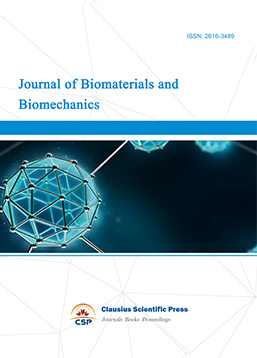

 Download as PDF
Download as PDF